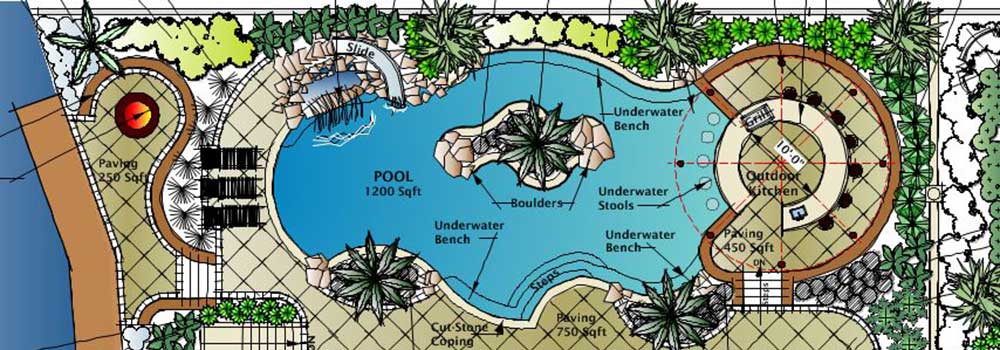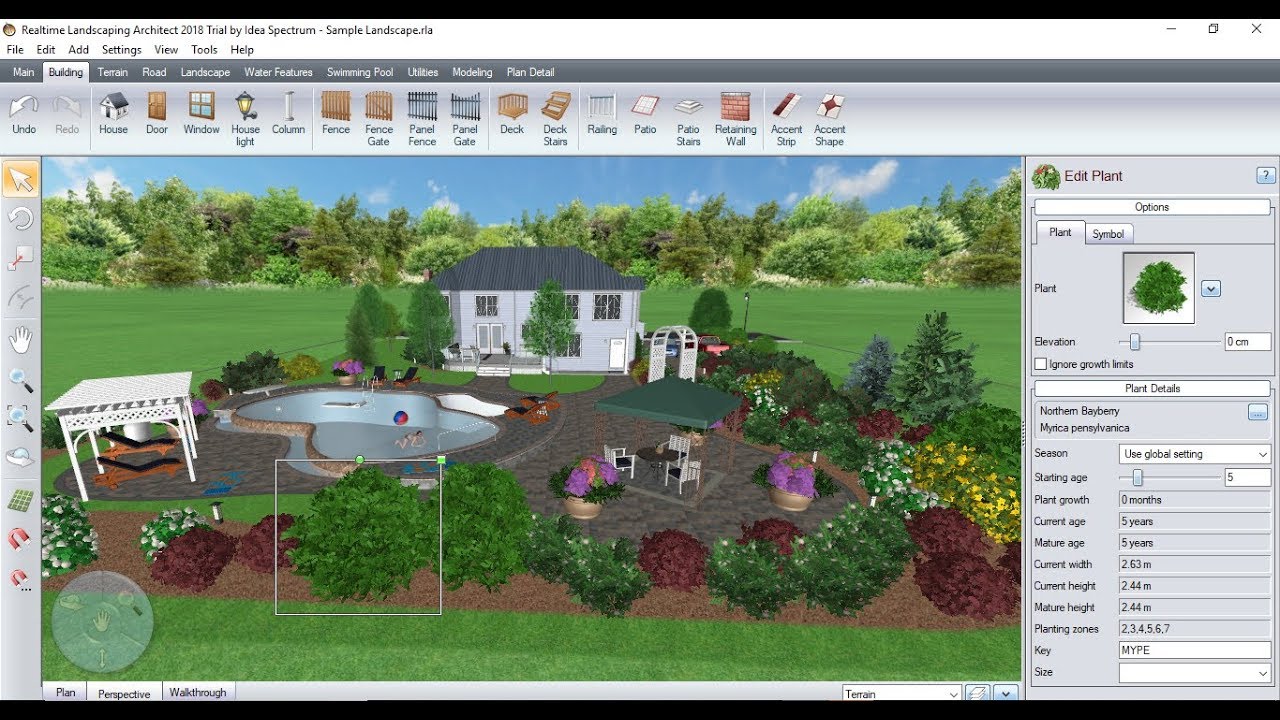


Once you had evaluated all the factors affecting the park's design, you prepared a detailed construction plan for the work to be done. You also selected species that would contribute to the improvement of the area's air quality. You looked at the average amount of precipitation and sunlight the area received and chose species that wouldn't require extra watering. For example, you had the soil analyzed for contaminants left over from the parking lot and chose species capable of filtering out some of those contaminants. The choices of which species to plant were based on environmental considerations. Between the pathways, you wanted wide avenues for planting trees, shrubs, and grass. This information dictated how and where the pathways would be laid out.

From a design perspective, you looked at the surrounding high-rise environment and analyzed how people moved through the area. When preparing your proposal for the rehabilitation of the former parking lot site, you focused on elements that would make the park enjoyable for its human visitors in combination with environmental conservation and sustainability. As the lead landscape architect on this project, you get a thrill each time you visit the completed park and see people strolling down the paths enjoying the fragrant greenery and calming effect of the park's natural space.Īs a landscape architect, you coordinated both design and ecological principles when you approached this project. Now it is a lush expanse of intricate paved pathways intersecting lawns of native grasses and stands of native trees. A few years ago, this area was an asphalt parking lot. You are a landscape architect and this urban oasis is your design. Imagine you are sitting on a bench in a quiet downtown park, relaxing to the sound of a cascading waterfall under the shade of a leafy canopy of trees.


 0 kommentar(er)
0 kommentar(er)
